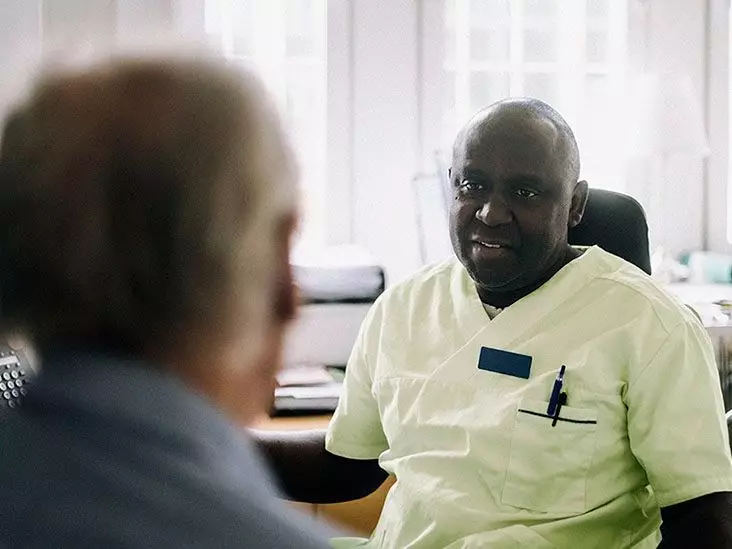Testicular cancer, while a serious diagnosis, presents a remarkably high survival rate, especially when detected early. With an impressive overall five-year relative survival rate (RSR) exceeding 95%, this form of cancer has one of the highest cure rates among malignancies—hovering around 90%. This article delves deeply into the factors influencing survival rates, the nature of testicular cancer and its types, and essential support resources available for those undergoing treatment.
The path to recovery in testicular cancer is heavily influenced by the stage at which the disease is diagnosed. Early detection can significantly increase the chances of survival. According to data from the Surveillance, Epidemiology, and End Results (SEER) program, survival outcomes vary markedly with the stage of cancer at diagnosis. For instance, localized cancer, which has not spread beyond the testicles, typically yields much more favorable outcomes compared to metastatic cases where cancer has infiltrated other organs.
Moreover, statistics underscore the stark reality that patients whose condition has progressed to later stages face increased risks. As the disease advances, treatment options become more complex and outcomes less certain. Thus, continuous medical evaluations and vigilant self-examinations are vital practices for early detection.
Broadly classified, testicular cancers are divided into two primary types: seminomas and non-seminomas. Seminomas are generally less aggressive and usually develop in the earlier stage of testicular cells. Non-seminomas, on the other hand, emerge from more mature testicular cells and tend to be more aggressive, often resulting in a faster progression.
The aggressive nature of non-seminomas necessitates prompt and effective treatment, which could involve a combination of surgical intervention, chemotherapy, or radiation therapy. This distinction not only influences treatment protocols but also impacts the patient’s overall prognosis, as non-seminomas are associated with increased rates of recurrence.
Numerous factors beyond cancer staging play a role in determining individual survival rates. Age serves as a critical determinant; younger patients typically have a better prognosis. Additionally, the presence of other health complications can complicate treatment and reduce survival chances. Research has indicated that older adults often face an array of long-term health issues, which can interact unfavorably with cancer treatments and affect overall resilience.
A patient’s response to treatment is highly individualized; while many experience successful outcomes, others may grapple with adverse effects or resistance to therapies. Continuous monitoring and adjustments to treatment are crucial for optimizing outcomes.
Regardless of the initial prognosis, immediate and appropriate treatment is pivotal. Data suggests that untreated testicular cancer not only leads to unfavorable outcomes but can exponentially increase mortality. Engaging in a comprehensive treatment plan that may include surgery, chemotherapy, or radiation therapy can instigate a significant chance for remission.
The integration of a multidisciplinary approach—featuring oncologists, urologists, and supportive care specialists—ensures that patients receive holistic care tailored to their needs. This collaborative environment fosters improved treatment experiences and enhances recovery potential.
Receiving a cancer diagnosis can be profoundly isolating, but numerous resources exist to provide emotional and practical support. Online communities, such as the Cancer Survivors Network or the Testicular Cancer Society, offer platforms for sharing personal experiences, thus reducing feelings of loneliness and enhancing information exchange.
Additionally, practical assistance from organizations like the American Cancer Society proves invaluable, with tools that connect individuals with local services such as counseling, financial aid, and logistical support for attending treatment sessions.
Many individuals diagnosed with testicular cancer often wonder about their long-term prognosis and the risk of recurrence. While the five-year survival rate sits above 95%, the navigation of potential secondary cancers and recurrent disease remains a concern that underscores the importance of regular follow-up care. Engaging in healthy lifestyle choices—such as balanced nutrition and regular exercise—though not definitively proven, could play an adjunct role in improving overall health and wellness during and after treatment.
Every testicular cancer case is distinct, and while treatment success rates are high, monitoring and attending follow-up appointments is crucial for continued health management.
Testicular cancer, with its high survival rates and relative responsiveness to treatment, presents a unique landscape in oncology. Early detection and proactive management are paramount. With the array of resources and support available, patients can navigate their diagnoses with confidence, fostering an environment conducive to recovery and survival.

